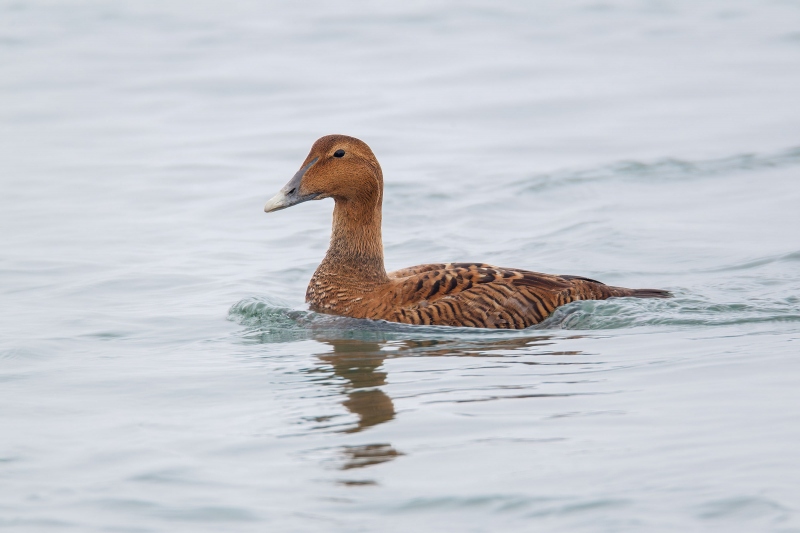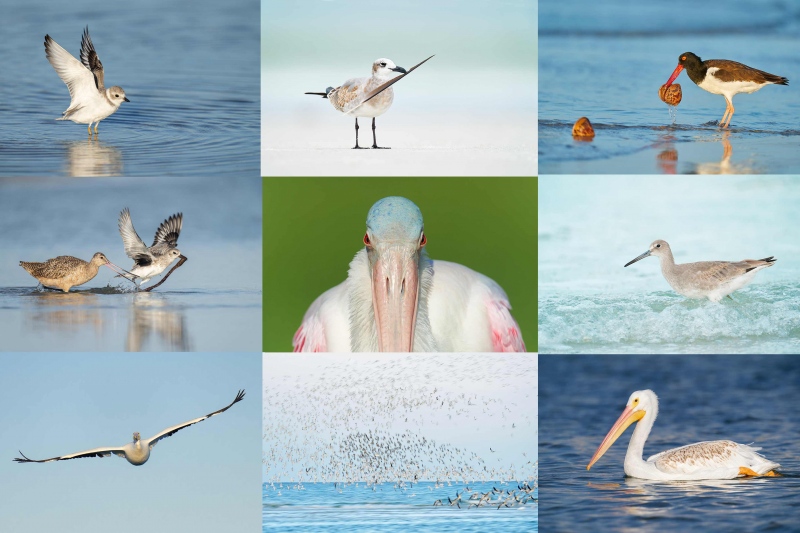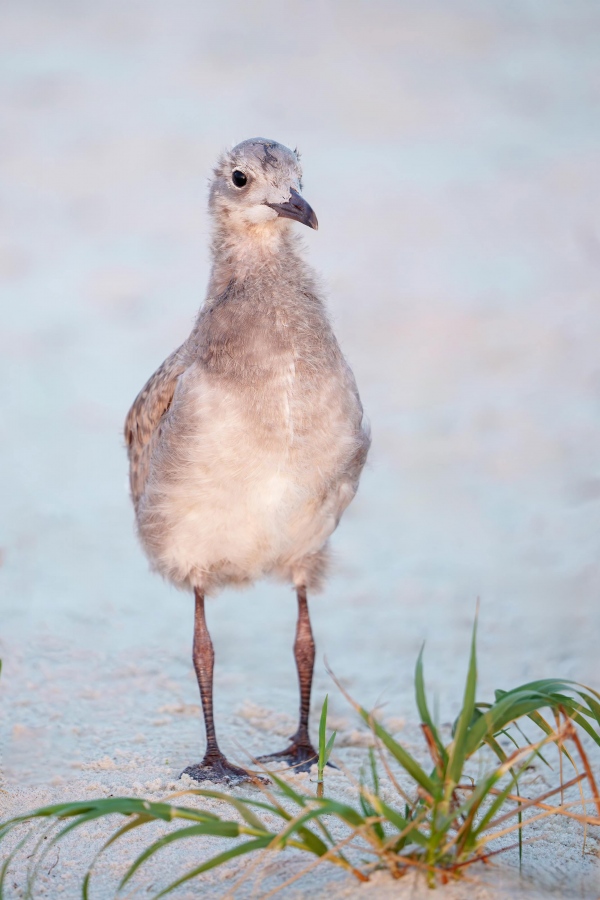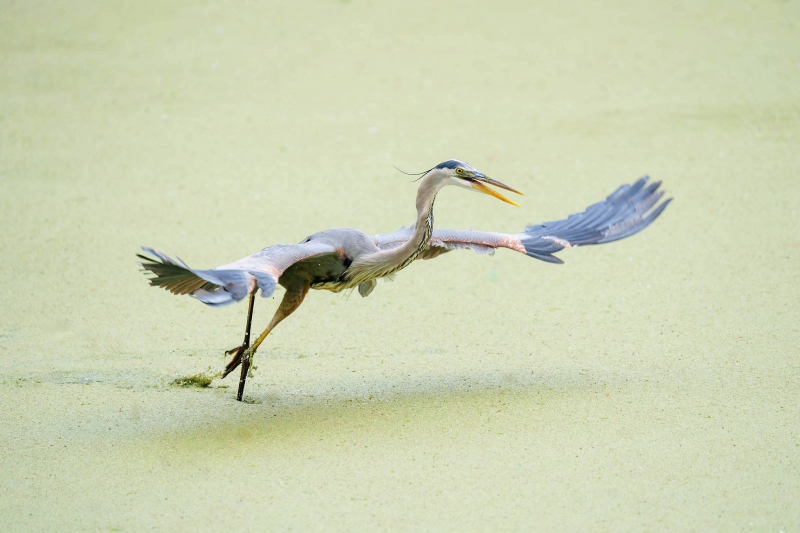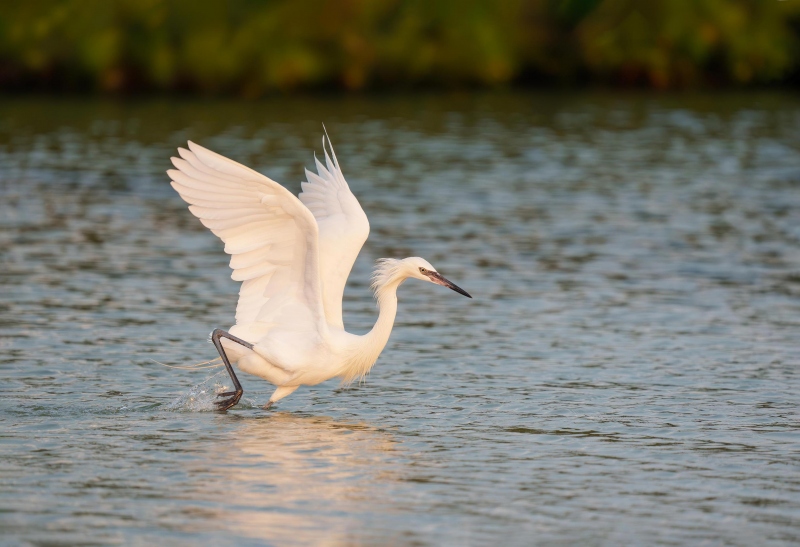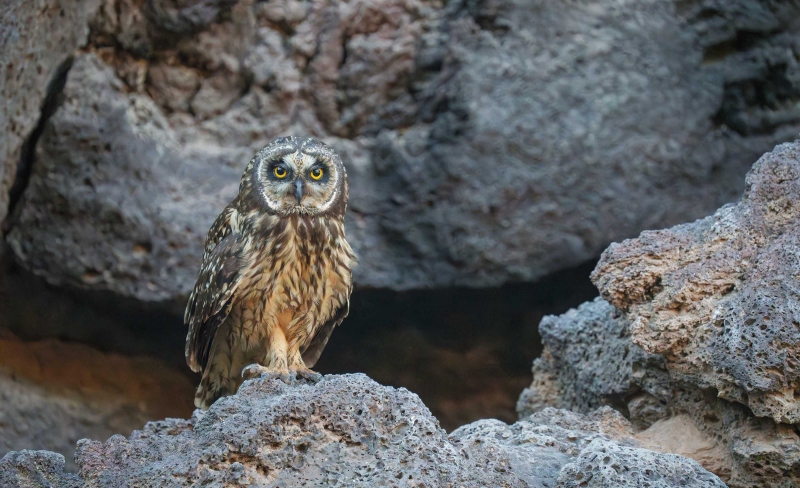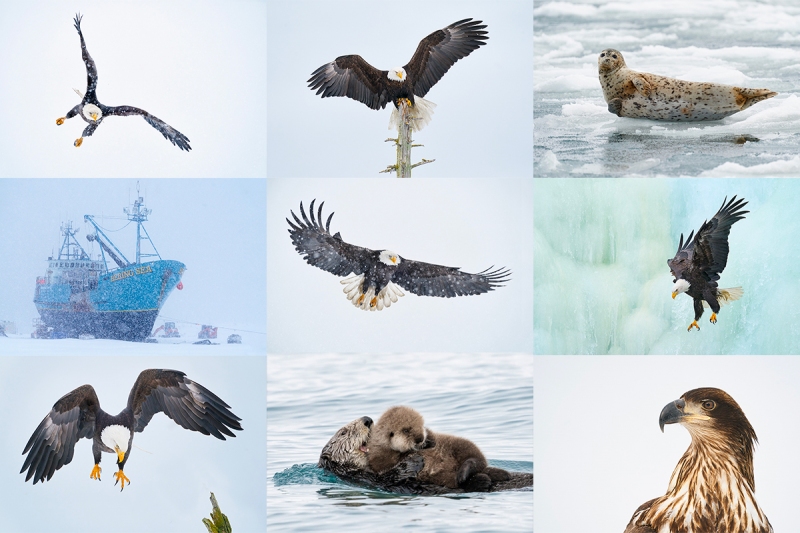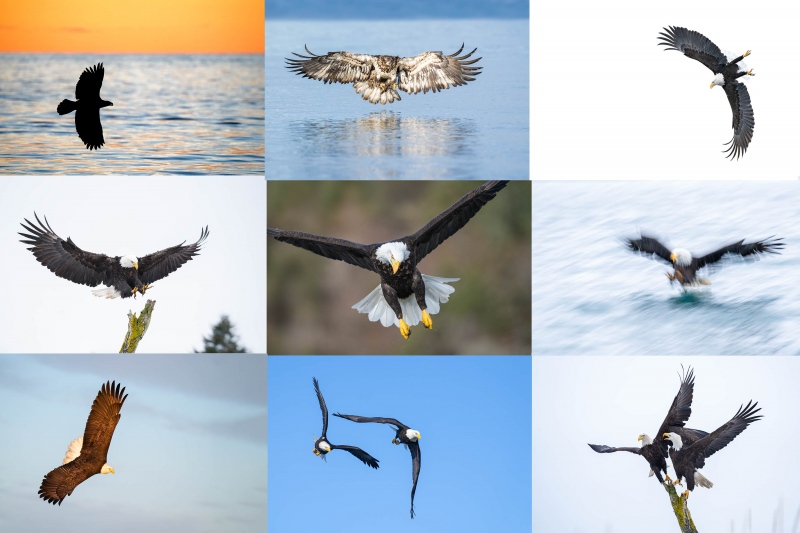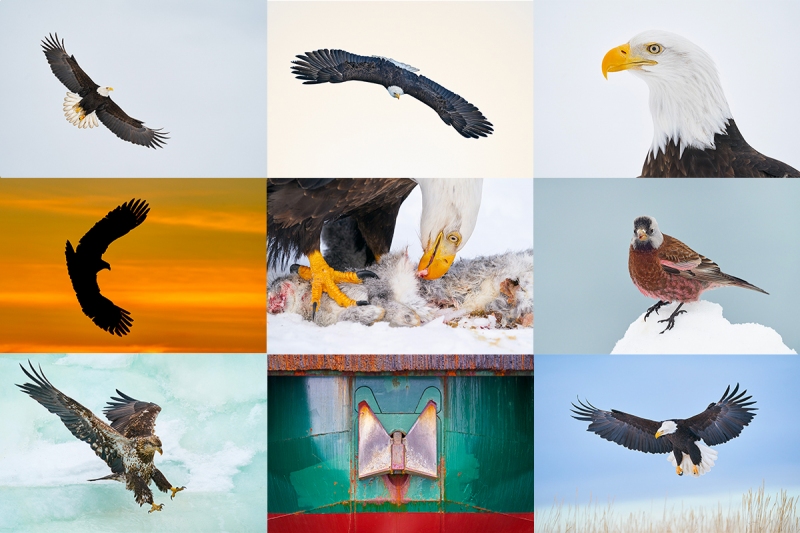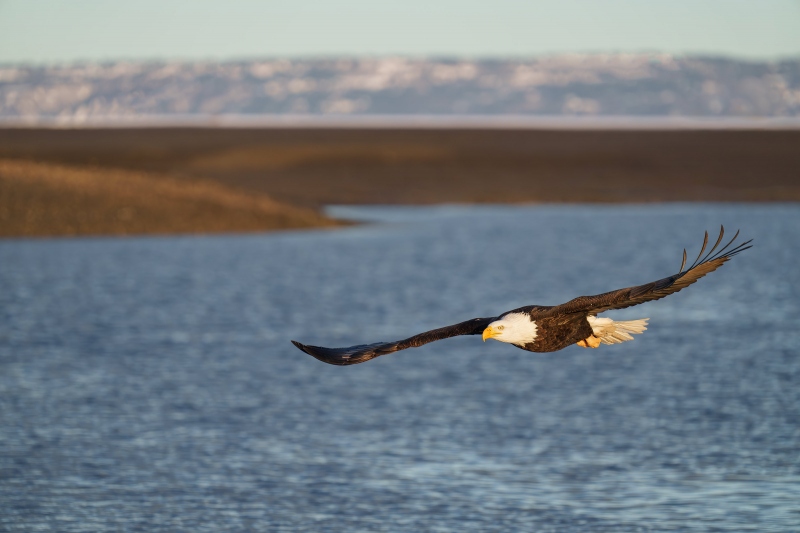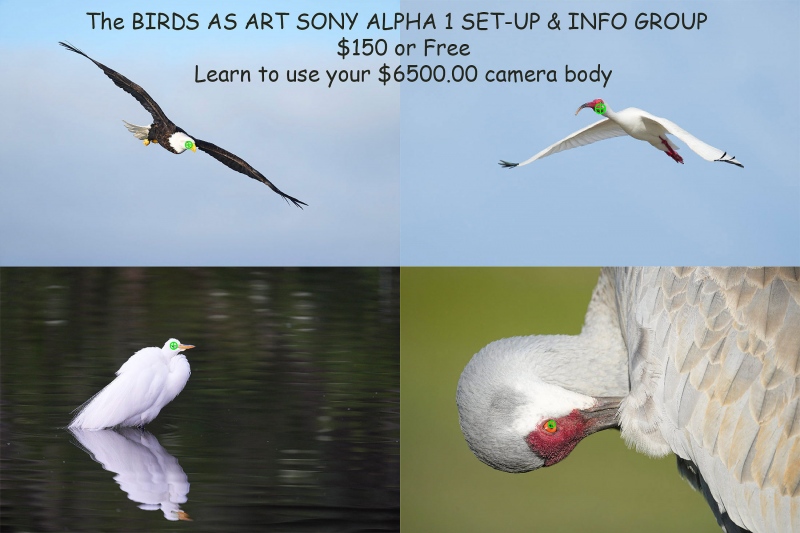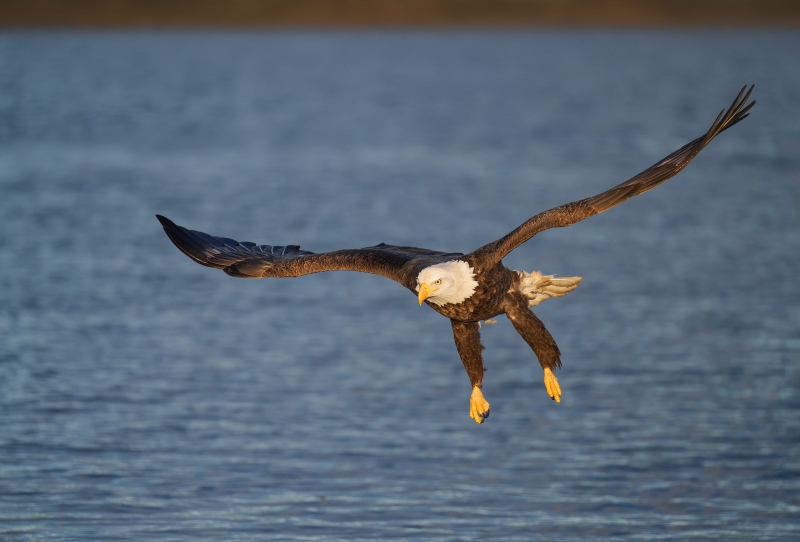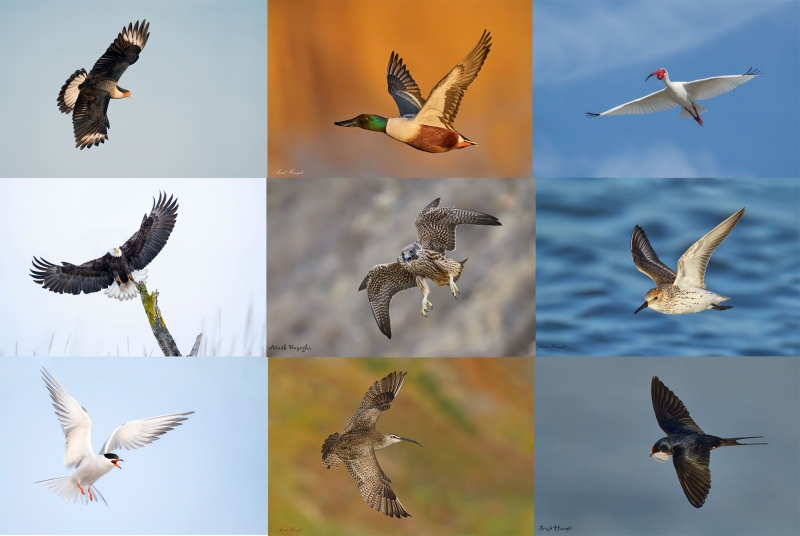This Just In: Important Retraction
I have been using an older version of the Sandisk 4TB SSHDs without a problem for several years. I was totally unaware of the very serious problems with the newer versions. At present, I cannot recommend purchasing either of the newer versions touted below. If you are currently using a reliable 4TB SSHD, please contact me via e-mail.
For more information, see the blog post here
DeSoto, the New Ding Darling
Fort DeSoto Park, south of St. Petersburg, FL, has clearly replaced Ding Darling as the premier bird photography hotspot on Florida’s west coast. Ding Darling was effectively ruined for bird photography around the turn of the last century as a result of the anti-photographer management policies of what had been one of the Crown Jewels of the NWR system. Bosque del Apache NWR soon followed suit for slightly different reasons: uncaring, incompetent management. As I say often, “You gotta love it.” (The Work of Byron Katie — www.The Work.com)
What’s Up?
I continue getting lots of work done after a two plus months of photographing in Iceland and the Galapagos. With my summer cold finally gone, I have gotten back to doing my bursts and spending lots of time in the pool swimming laps. I will begin heading down to the lake here at ILE very soon.
I was thrilled to learn that Ellen Mack sold her Canon EF 100-400mm f/4.5-5.6L IS II USM lens in excellent-plus condition for $1099.00 within hours of it being listed on Tuesday past. The high ISO reveal will be featured in the next blog post coming this Saturday.
Amazingly, I have not made a single photograph in Florida since 12 May 2023 at Fort DeSoto. Jim got some free tickets to Bok Tower Gardens here in Lake Wales and we are headed there early this morning, Thursday 28 September 2023. I will have my Canon EF 180mm f/3.5L Macro USM lens with the Metabones Canon EF/EF-S Lens to Sony E Mount T Smart Adapter (Fifth Generation) and The One, the Sony Alpha 1 Mirrorless digital camera rig along on a tripod via a Levered-Clamp FlexShooter Pro. I am, of course, hoping for a still, cloudy morning.
Wherever you are an whatever you are doing, I hope that you too have a great day.
Please remember to use the B&H and Amazon links that are found on most blog pages and to use the BIRDSASART discount code at checkout when purchasing your new gear from Bedfords to get 3% back on your credit card and enjoy free second-day air FedEx. Please, also, consider joining a BAA IPT. You will be amazed at how much you will learn!
You can find some great photo accessories (and necessities, like surf booties!) on Amazon by clicking on the Stuff tab on the orange/yellow menu bar above. On a related note, it would be extremely helpful if blog-folks who, like me, spend too much money on Amazon, would get in the habit of clicking on the Amazon logo link on the right side of each blog post when they shop online. As you might expect, doing so will not cost you a single penny, but would be appreciated tremendously by yours truly. And doing so works seamlessly with your Amazon Prime account.
If an item — a Delkin flash card, or a tripod head — for example, that is available from B&H and/or Bedfords, is also available in the BAA Online Store, it would be great, and greatly appreciated, if you would opt to purchase from us. We will match any price. Please remember also to use my B&H affiliate links or to earn 3% cash back at Bedfords by using the BIRDSASART discount code at checkout for your major gear purchases. Doing either often earns you free guides and/or discounts. And always earns my great appreciation.
Via e-mail from Steve Schiff
In today’s blog post you wrote:
“I spent much of the last four days copying older image files from the office computer to three new 8GB back-up external drives. Is that correct? 8GB seems awfully small.”
Ooops. That should have been 8TB. None-the-less, Steve’s e-mail got me thinking about a topic that few photographers want to think about, backing up their images. Do understand that if you are not backing up your images regularly and efficiently, it is only a matter of time until you suffer some sort of catastrophe.
As regular readers know, it cost me $4500 about two years ago to recover 3-5 years of images that had been on one of my MacBook Pros. I had a perfect backup that was programmed to update once it was plugged in. Frantic to find the missing images, I found them on the back drive, but once I attached it, the system over-wrote the saved data with the corrupted data on the laptop.
For that reason, I advise that you never use a backup system that runs automatically when it is plugged in. Doing so invites disaster. In addition, you should be creating three back-ups after every photo session. And when you travel, you want your backup drives to be in different bags with none in your laptop bag.
Anyhooo, Anita North taught me to use Time Machine to backup my MacBook Pro. My last two MacBooks featured 8TB solid state HDs. 4TB SSD HDs cost but a fraction of the hard-to-find 8TB solid state external hard drives. I have been using three SanDisk 4TB Extreme PRO Portable SSD V2 drives for my Time Machine backups.
So, you might ask, “How do I backup an 8TB internal HD to a 4TB external SSHD?” I have been doing just that for two years now. It works perfectly as long as I do not get anywhere near 4TB on my 8TB internal drive. The 5.61TB available on my new Apple 16″ MacBook Pro (M2 Max, Silver) means that I have only 2.39TB of data (including 3+ years of digital images). Knowing that I need to stay well below 4TBs keeps me hard at work doing second, third, and fourth edits of various files and ensures that I will continue to edit stringently. In Iceland this past summer we enjoyed great photography most every day for about 18 straight days. A conservative estimate would be that I created well more than 50,000 images (at 30fps). Right now I am down to only 851 raw files. That works out to a keeper rate of less than 2%.
If I were to start from scratch, I would go with the faster SanDisk Professional 4TB PRO-G40 SSD Thunderbolt 3 Portable SSDs. Note that the 4TB SS drives are relatively tiny and do not require a power cord that needs to be plugged in. Such drives are bus-powered, they get their power from the data connection. That make them ideal for travel.
What About The Older Image Files?
Digital images created from 2001 to about 2018 or 2019 have been stored on a Drobo system attached to the main computer in the office for as long as I can remember. The Drobo system cost many thousands of dollars when we purchased it in about 2010. When a disc would fail, we would replace it. The next thing that you know, they go out of business. I have been remiss for about two years about backing up those images. About six months ago I purchased three WD 8TB Elements Desktop USB 3.0 External Hard Drives. They need to be plugged into an outlet to work and are fairly large (as compared to the SSHDs). But they are quite inexpensive.
After formatting all of the 8TB drives to ExFat so that I could access both Windows and Mac systems, it took almost four full days running day and night to copy 4.18 TB of images from the office computer to the main Elements drive. Next, utilizing my M1 MacBook Pro, I backed up all of the images to the second and third 8TB drives. Now I am able to access all of the old image files on my new M2 MacBook Pro. See “Oh, What Fun!” below.
Note: In the early days of digital, I did not edit as ruthlessly as I do now. Therefore, probably 80% or more of the 4.18 TBs of photos would wind up in the trash if I live long enough. Remember, however, that image size increased slowly during those first 20+ years.
Very soon, I will begin the process of backing up all the images to the cloud and will share what I learn with you here.
|
|
|
This image was created on 2 January 2011 at Shinnecock Inlet, Long Island, NY. Seated on a rock jetty behind my lowered tripod, I used the Mongoose M3.6-mounted Canon EF 800mm f/5.6 lens with the 1.4X teleconverter and the EOS-1D Mark IV. ISO 800: 1/200 sec. at f/8 (wide open). AWB at 6:33:02am on a partly cloudy morning. RawDigger showed the exposure to be 2 1/3 stops too dark. Be sure to click on the image to enjoy a larger, sharper, high-resolution version. Common Eider female Atlantic female swimming
|
Oh, What Fun!
I have not had much time to visit the old image folders, but I did look at several with family photos and did lots of reminiscing. And I looked at some folders from shoots that I had totally forgotten about. One of the first folders that I looked is entitled _ _ _ A A A NY-NJ DEC 2010 Trip. It contained 301 raw files and 35 optimized TIF files. That despite the fact that there were many other fine photos of American Bittern, Brant, Dunlin, Harlequin Duck, Herring Gull, and Common Eider. If I ever do a follow-up edit, it is likely that no more than 80 or so photos would survive. In any case, I felt like a kid in a candy store. Best of all, I have barely scratched the surface.
As the older images were created a decade or two before I began using and learning from RawDigger, nearly all were at least one or even two stops too dark.
While optimizing today’s sole featured image, I did notice differences in image quality as compared to the amazing quality of today’s 40, 50, and 60MB files. That said, the lady eider image looks pretty sweet to me. I am eagerly looking forward to discovering more ancient treasures.
You can see my travel backup plan in action by joining a DeSoto FALL IPT. Enjoy a $200 late registration discount and be virtually assured of a private IPT by signing up for either #2 or #3.
|
|
|
All images from SEPT/OCT/NOV at Fort DeSoto. Click on the image to enjoy a larger, sharper high-resolution version. Clockwise from upper left to center: Piping Plover flapping after bath, juvenile Laughing Gull with feather, American Oystercatcher with sea urchins, Willet foraging in surf, American White Pelican juvenile swimming, skimmer/tern/shorebird blast-off blur, American White Pelican in flight, Black-bellied Plover stealing lugworm from Marbled Godwit, Roseate Spoonbill staring. |
Fall 2023 Fort DeSoto Instructional Photo-Tour #2
3 1/2 Days: Tuesday 17 October through the morning session on Friday 20 October 2023. $1899.00 includes three working lunches. Limit six photographers.
Fall 2023 Fort DeSoto Instructional Photo-Tour #3
3 1/2 Days: Tuesday 31 October through the morning session on Friday 3 November 2023. $1899.00 includes three working lunches. Limit six photographers.
Fall 2023 Fort DeSoto Instructional Photo-Tour #4
3 1/2 Days: Tuesday 14 November through the morning session on Friday 17 November 2023. $1899.00 includes three working lunches. Limit six photographers/Openings: three.
Fall Bird Photography at Fort DeSoto
Fort DeSoto, located just south of St. Petersburg, FL, is a mecca for migrant shorebirds, terns, and gulls in fall. There they join hundreds of egrets, herons, and night-herons that winter on the T-shaped peninsula. With any luck at all, we should get to photograph one of Florida’s most desirable shorebird species: Marbled Godwit. Black-bellied Plover and Willet are easy, American Oystercatcher is pretty much guaranteed. Great Egret, Snowy Egret, Great Blue Heron, Tricolored Heron, and White Ibis are easy as well and we will almost surely come up with a tame Yellow-crowned Night-Heron or two. And there should be some quality Brown Pelican flight photography. In addition, Royal, Sandwich, Forster’s, and Caspian Terns will likely provide us with some good flight opportunities as well. Though not guaranteed, Roseate Spoonbill and Wood Stork might well be expected. And we will be on the lookout for a migrant passerine fallout in the event of a thunderstorm or two.
On this IPT, all will learn the basics and fine points of digital exposure. Nikon and Canon folks will learn to get the right exposure every time after making a single test exposure, and SONY folks will learn to use Zebras so that they can be sure of making excellent exposures before pressing the shutter button. Everyone will learn how to approach free and wild birds without disturbing them, to understand and predict bird behavior, to identify many species of shorebirds, to spot the good situations, to choose the best perspective, to see and understand the light, and to design pleasing images by mastering your camera’s AF system. Most importantly, you will surely learn to evaluate wind and sky conditions and understand how they affect bird photography. And you will learn how and why to work in Manual mode (even if you’re scared of it). The best news is that you will be able to take everything you learn home with you so that you will be a better photographer wherever and whenever you photograph.
|
Clockwise from upper left to center: Long-billed Curlew, juvenile Tricolored Heron, Marbled Godwits, Great Blue Heron, juvenile Pectoral Sandpiper, Wood Stork, smiling Sea Scallop, Ruddy Turnstone scavenging needlefish, Great Blue Heron sunset silhouette at my secret spot, and southbound migrant tern flock blur. |
The Details
There will be a Photoshop/image review session during or after lunch (included) each full day. That will be followed by Instructor Nap Time.
These IPTs will run with only a single registrant (though that is not guaranteed). The best airport is Tampa (TPA). Once you register, you will receive an e-mail with Gulfport AirBnB/VRBO information. If you register soon and would like to share an AirBnB with me, shoot me an e-mail. Other possibilities including taking a cab to and from the airport to our AirBnB and riding with me for $50/day. This saves you both gas and the cost of a rental car.
A $600 deposit is due when you sign up and is payable by credit card. Balances must be paid by check one month before the trip. Your deposit is non-refundable unless the IPT sells out with six folks, so please check your plans carefully before committing. You can register by calling Jim during weekday business hours at 863-692-0906 with a credit card in hand, or by sending a check as follows: make the check out to: BIRDS AS ART and send it via US mail here: BIRDS AS ART, PO BOX 7245, Indian Lake Estates, FL 33855. You will receive a confirmation e-mail with detailed instructions, clothing, and gear advice. Please shoot me an e-mail if you plan to register or if you have any questions on lodging.
Up Early, Stay Out Late!
Obviously, folks attending an IPT will be out in the field early and stay late to take advantage of the sweetest light and sunrise and sunset colors (when possible). The good news is that the days are relatively short in early fall. I really love it when I am leaving the beach on a sunny morning after a great session just as a carful or two of well-rested photographers are arriving. On cloudy days, we may — at the leader’s discretion, stay out in the morning for a long session and skip the afternoon session. To ensure early starts, breakfasts will be your responsibility. And so that we can get some sleep, dinners will sometimes be on your own as well.
Typos
With all blog posts, feel free to e-mail or to leave a comment regarding any typos or errors.

